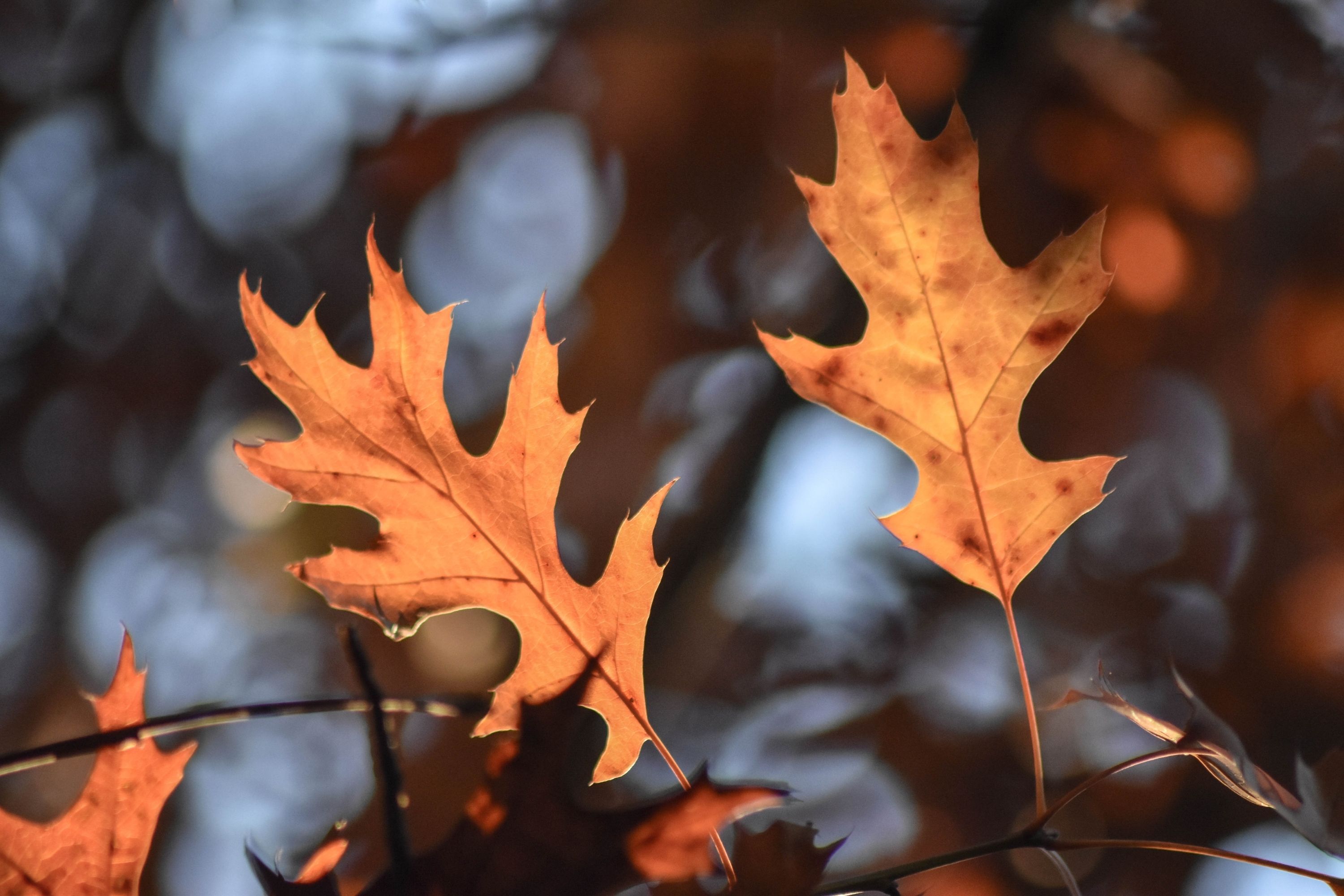Shumard's oak
(Quercus shumardii)

Description
Quercus shumardii, commonly known as Shumard oak, is a species of deciduous oak tree belonging to the Fagaceae family. It is native to the southeastern United States, where it is commonly found in bottomland hardwood forests, floodplains, and along streams. The tree is named after Benjamin Franklin Shumard, a geologist and naturalist who discovered the species in Texas in the mid-19th century. Description Shumard oak can grow up to 80 feet tall and 2-3 feet in diameter at breast height. The tree has a broad, round canopy that can spread up to 50 feet wide. The bark of mature trees is grayish-brown and deeply furrowed. The leaves are alternate, simple, and lobed, with a length of 4-8 inches and a width of 2-5 inches. The leaves are green and glossy on the top surface and pale green underneath. The fall color of the leaves is usually a brilliant mix of red, orange, and yellow, making it an excellent choice for autumn landscaping. Habitat and Distribution Shumard oak is native to the southeastern United States, where it can be found from Missouri to Texas and south to Florida. The tree is typically found in bottomland hardwood forests, floodplains, and along streams, but can also grow in upland areas. The tree prefers well-drained soils and can tolerate occasional flooding. It is also adaptable to a variety of soil types, including clay, loam, and sandy soils. Ecological Importance Shumard oak is an important species in many ecosystems, providing habitat and food for a variety of wildlife. The tree's acorns are an important food source for birds, squirrels, deer, and other mammals. The tree also provides cover and nesting sites for many species of birds and small mammals. In addition, Shumard oak is an important component of riparian forests, which help to filter and improve water quality. Cultivation and Uses Shumard oak is a popular landscaping tree due to its attractive fall foliage and ability to provide shade. The tree is relatively easy to grow and maintain and can be used in a variety of landscaping applications, including as a street tree, shade tree, or specimen tree. The tree is also a popular choice for reforestation projects, particularly in areas where the original forest has been disturbed or cleared. Shumard oak wood is hard, heavy, and strong and is used in the manufacture of furniture, flooring, and other wood products. Threats and Conservation Shumard oak is considered a species of least concern by the International Union for Conservation of Nature (IUCN). However, like many oak species, Shumard oak is vulnerable to a number of threats, including habitat loss, invasive species, and climate change. The tree is also susceptible to a number of pests and diseases, including oak wilt, which can be lethal. Conservation efforts to protect the species include preserving riparian habitats, controlling invasive species, and monitoring for pests and diseases. Conclusion Shumard oak is a beautiful and ecologically important species of deciduous tree that is native to the southeastern United States. The tree provides habitat and food for a variety of wildlife and is a popular landscaping tree due to its attractive fall foliage and ability to provide shade. While the Shumard oak is considered a species of least concern, it is vulnerable to a number of threats and conservation efforts are necessary to protect the species for future generations.
Taxonomic tree:







